A calm and reflective surface belying a bustling cityscape or arid landscape prompts the question: how did this lake come to be? The answer lies in the determination of humans and the unraveling of nature’s code. A man-made lake, or reservoir, is a result of human intervention, carefully constructed to meet specific needs. Laboriously designed and meticulously built, these artificial bodies of water cater to a broad array of functions that often facilitate the survival and development of surrounding environments and communities.
The Need for Man-Made Lakes
The reasons for creating man-made lakes are as diverse as their geographies. From saving arid lands to providing recreational facilities, man-made lakes serve significant purposes:
Irrigation
Man-made lakes are often the lifeblood of dry regions, providing an invaluable water supply for crop irrigation. Separating the destiny of agriculture from the whim of rain gods, these man-made structures ensure farming continuity even in drought conditions, thus protecting local economies and securing food production.
Recreation
Less survival, more revival. These human-made water bodies often add architecturally crafted aesthetic beauty to the concrete jungles or desolate regions, providing a refuge for city dwellers and nature enthusiasts alike. They give room to our leisure activities, offering venues for boating, fishing, swimming, and soaking up picturesque views, thereby becoming recreational sanctuaries.
Water Supply
Ever wonder what life might look like without water? On a practical note, these man-made lakes serve as significant reservoirs of drinking water, replenishing the water supply for our daily usage. From personal hygiene to running the gauntlet of household chores, from supporting businesses to powering industries, these lakes have become a lifeline for communities.
Energy Production
Switch on the light, and you’re harnessing the power of water! Some man-made lakes function as a powerhouse, providing hydroelectric power pivotal in electricity generation. It’s a surprising but ingenious usage of a tranquil lake, isn’t it?
How are Man-Made Lakes Made?
Now that we appreciate their importance let’s move on to how these artificial water bodies come into existence:
Site Selection
The inception of a man-made lake begins with site selection. It’s the prelude to any major construction project. Engineers and scientists analyze various geographical features and environmental factors when searching for a perfect spot. The winning factors? An area where natural geography aids water storage and effective control of water flow while minimizing potential environmental impact.
Designing The Lake
Think constructing a man-made lake is as straightforward as digging a gigantic hole? Think again. Designing the lake requires complex calculations, thoughtful planning, and skillful engineering. By and large, it’s a test of human ingenuity played out on a grand geomorphic canvas. The design phase considers factors like lake size, depth, dam placement, and safety features, translating them into a working, tangible embodiment of water conservation and management.
Constructing The Lake
The grand finale? The construction phase. This vital stage involves reshaping landscapes, redirecting waterways, and installing infrastructure such as overflow systems and safety measures. Advanced machinery, engineering prowess, and raw human tenacity combine to transform the design blueprint into a functioning lake capable of serving its purpose to humanity and nature alike.
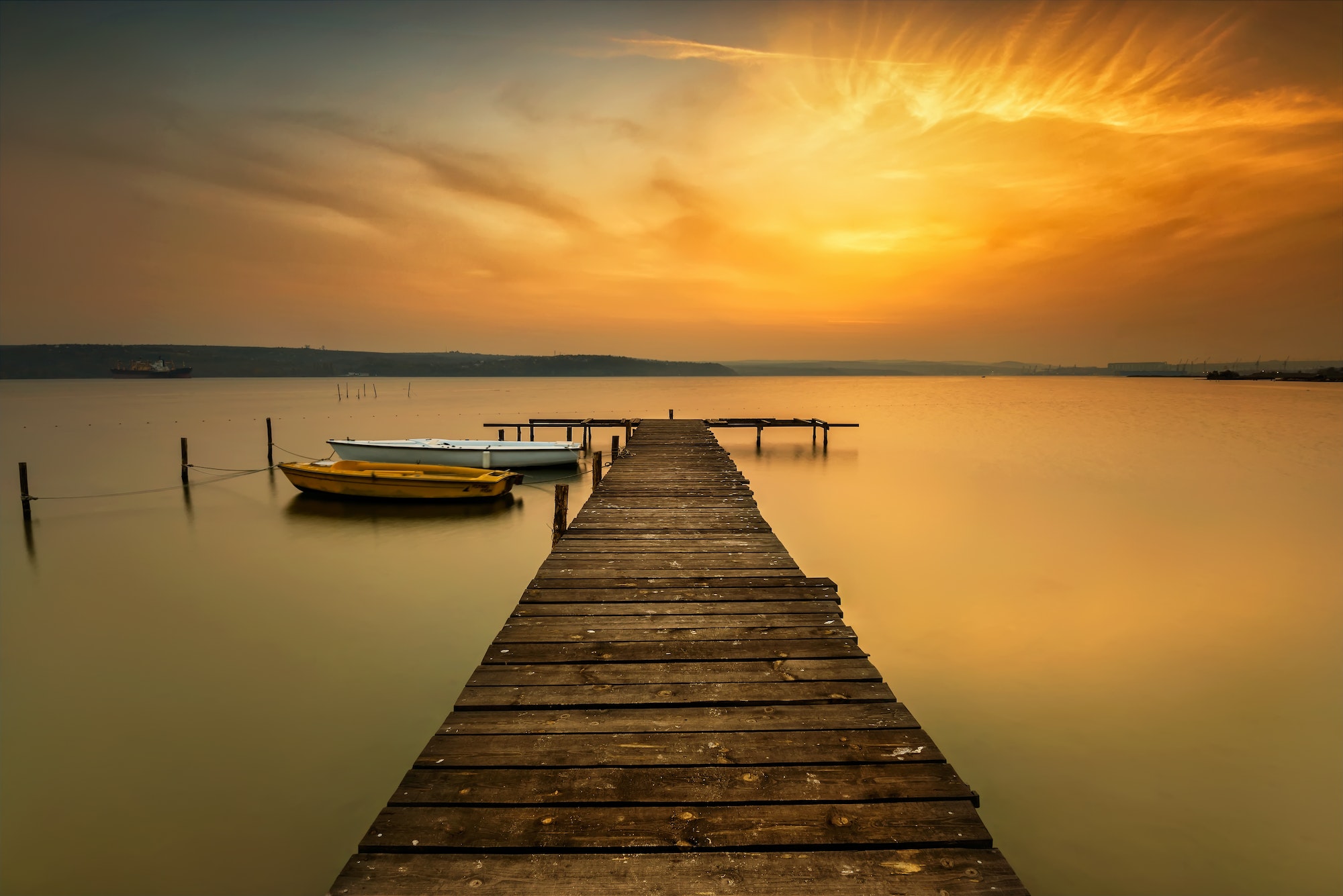
Famous Examples of Man-Made Lakes
Man-made lakes are not just small pools scattered in some country outskirts but mighty reservoirs impacting millions of lives.
Lake Mead, United States
Step foot in Nevada, and you’re likely to meet Lake Mead, the largest reservoir in the U.S. when full. It’s not just a tourist attraction for boat tours and its picturesque beauty but also a crucial source of water for several areas in the U.S.
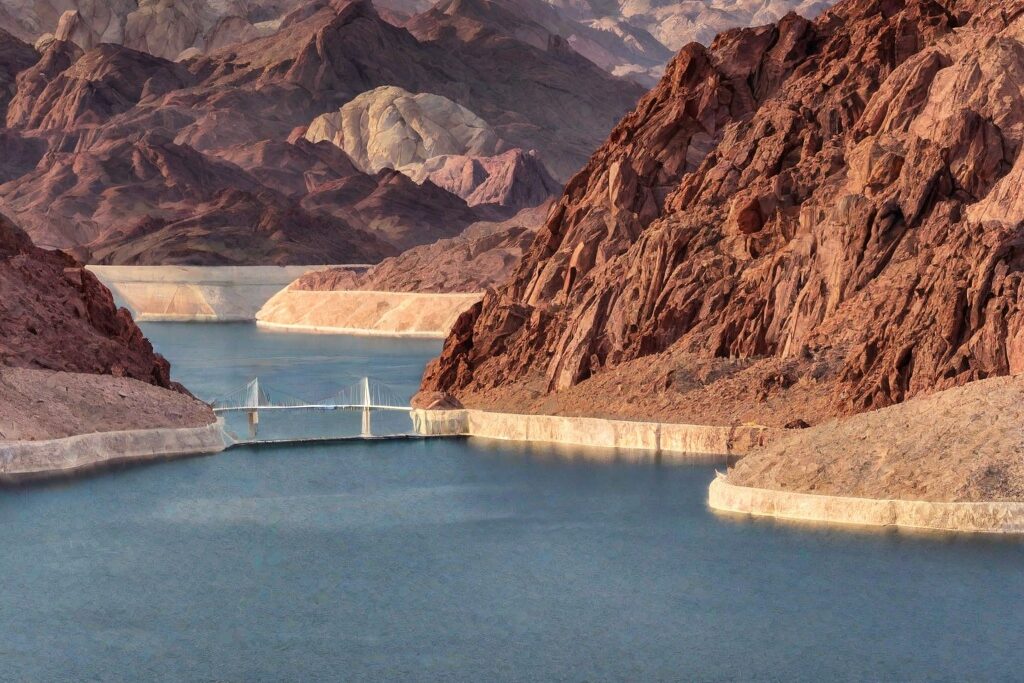
Lake Volta, Ghana
Cross continents to Ghana and experience Lake Volta, which, by surface area, is the largest man-made lake in the world. It is pivotal in generating electricity, providing water for irrigation, and supporting local fisheries.
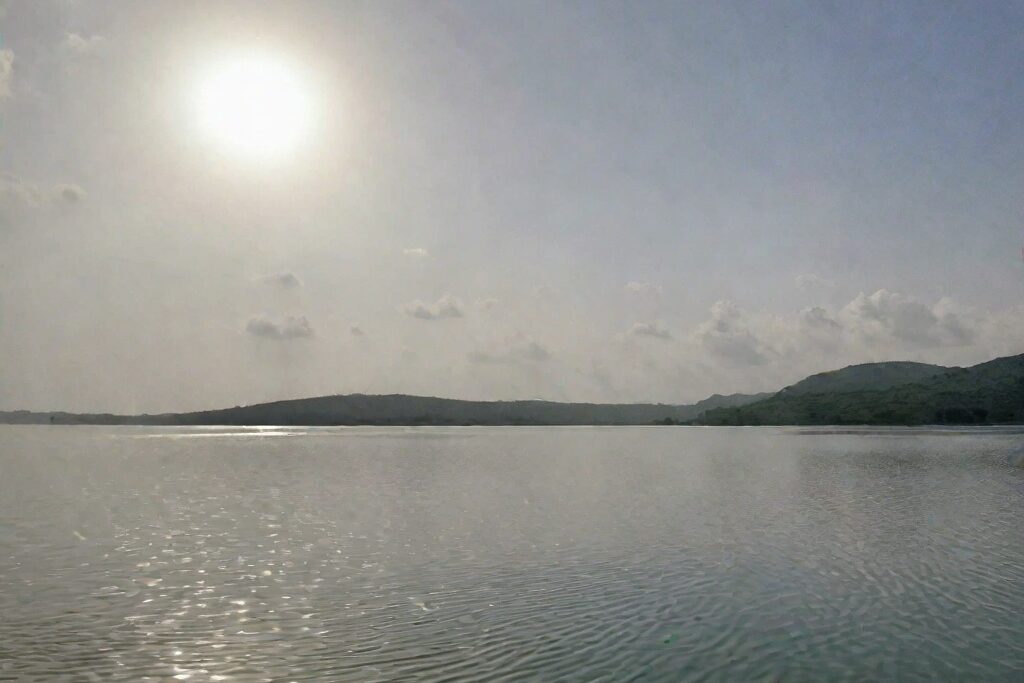
Benefits of Man-made Lakes
Man-made lakes provide numerous benefits to society and the environment, including:
1. Water storage
Artificial lakes can be an effective way of storing water for various purposes. By constructing a dam across a river or diverting part of a river’s flow, a reservoir can be created, which can be used to store water for domestic or industrial uses such as irrigation, stormwater management, energy, and resources. The stored water can also be used for drinking water after purification.
2. Conservation of Freshwater Species
Artificial lakes can play an essential role in the conservation of freshwater species. The creation of reservoirs can provide new habitats for various fishes, waterfowls, amphibians, turtles, snakes, and mammals. Furthermore, artificial lakes can provide a reliable source of fresh water for agricultural irrigation, energy production, and other domestic and industrial uses. This allows for increased protection of downstream rivers from flooding events, as well as an increased potential for sustained agricultural irrigation. Additionally, the presence of artificial lakes can also enhance fish populations, as reservoirs can be stocked with various fish species to provide a more diverse and sustainable fishery.
3. Ability to Handle Floods
Artificial lakes, or reservoirs, can help manage flooding by controlling the water levels of rivers. Excess water can be stored in the reservoir during high-flow periods, reducing the risk of flooding downstream. When the river’s flow decreases, the stored water can be released to maintain water levels. This helps reduce the risk of flooding downstream and provides a consistent water flow for irrigation and other uses.
4. Recreation and Leisure Opportunities
Artificial reservoirs can provide many recreation and leisure opportunities. With the proper rules in place, these reservoirs can be used for activities such as fishing, boating, and other outdoor activities like natural history, bird watching, landscape painting, walking, and hiking. These reservoirs can also provide natural beauty areas, as they can be just as picturesque as their natural counterparts.
5. Hydroelectric power
Artificial lake hydroelectric power offers numerous benefits, both economic and environmental. From an economic standpoint, hydroelectric power is a reliable and cost-effective energy source, as it is renewable and does not require expensive fuel to produce energy. The large reservoirs created by the construction of hydroelectric dams also provide other uses, such as a reliable source of drinking water, irrigation for agriculture, and flood prevention. Additionally, the reservoirs often create an ideal habitat for fish and other aquatic life, increasing the area’s biodiversity and providing an additional benefit to the local ecology.
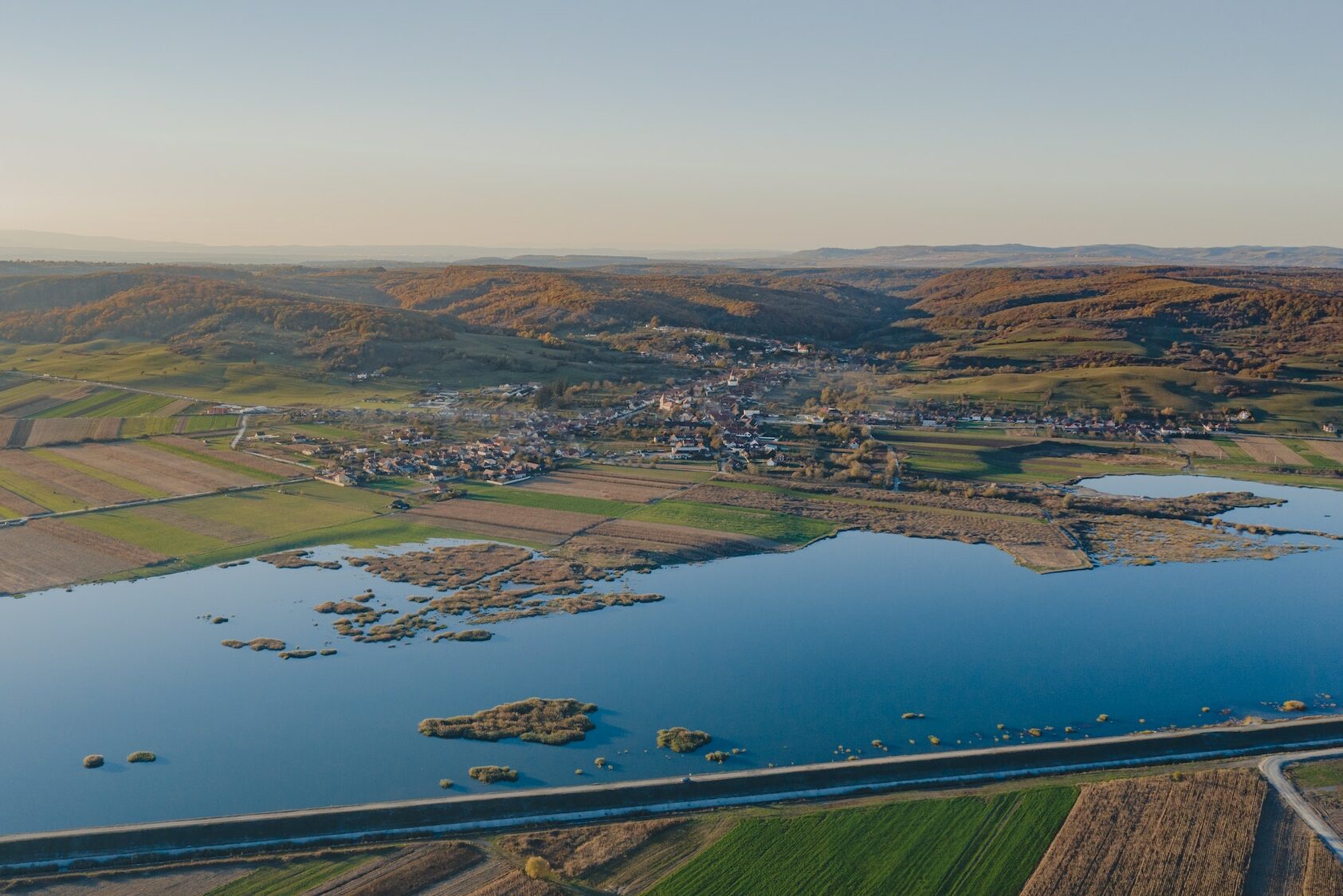
Environmental Impact of Artificial Lakes
While man-made lakes provide many benefits, they can also have negative environmental impacts. One of the most significant impacts is the loss of natural habitat for plants and animals that lived in the area before the lake was created.
In addition, man-made lakes can change the flow of rivers and streams, affecting the ecology of the surrounding areas. The construction of dams can also disrupt fish populations and alter the water quality of the river or stream.

Types of Artificial lakes based on their uses
1. Water supply reservoirs
Water supply reservoirs are man-made lakes or reservoirs constructed primarily to provide a reliable water source for human consumption, agricultural irrigation, and industrial use. These reservoirs are typically fed by streams or rivers and are designed to store water during wet periods and release it during dry periods. Water supply reservoirs may be built to serve a single community or to supply water to multiple municipalities or regions.
The water stored in these reservoirs may undergo treatment to remove contaminants and pathogens before it is distributed for use. Water supply reservoirs may also be used to store emergency water supplies in case of drought or other natural disasters.
2. Flood control reservoirs
Flood control reservoirs are an essential part of many river systems and help manage the effects of climate change by providing a buffer to absorb extreme weather events. Flood control reservoirs are designed to reduce the risk of flooding in downstream areas. They are typically constructed across rivers, with an orifice plate controlling water flow downstream. During very high rainfall, these reservoirs collect water and release it slowly during the following weeks or months. This managed release of water prevents the river system from overfilling and causing flooding downstream.
3. Hydropower reservoirs
Hydropower reservoirs are artificial lakes created by building a dam across a valley and storing the water. These reservoirs generate electricity, irrigate the land, and supply a water source for domestic and industrial uses. They can also be used to control unexpected floods. The water in reservoirs is fed by precipitation, rainwater runoff, or a constant river flow. Sediment from rivers or surface runoff can also reduce the storage volume of the reservoir. However, water can be lost due to evaporation, especially in arid regions, and percolation if the reservoir is not lined.
4. Recreational reservoirs
Recreational reservoirs are reservoirs used primarily for recreational activities like fishing, boating, swimming, and hiking. They are often built to protect the quality of the water, the surrounding environment, and the public’s safety. They may also include natural history, bird watching, landscape painting, and other activities that do not require structured access. Recreational reservoirs can be constructed in various ways, including valley reservoirs, off-river storage reservoirs, dams or bounded reservoirs, and cascade reservoirs.
5. Navigation reservoirs
Navigation reservoirs are large bodies of water that are constructed to facilitate the movement of vessels and smaller crafts through a network of rivers and canals. They are often created by building dams, embankments, or retaining walls perpendicular to a river or a series of reservoirs along a single river. Navigation reservoirs are often large and expensive to create, requiring heavy machinery, quality control, and more maintenance than smaller reservoirs.
Navigation reservoirs are used for various purposes, such as providing a consistent water source for irrigation, hydropower, flood control, and navigation. Navigation reservoirs can also be used for recreational activities such as fishing, swimming, boating, and storing water for drinking and industrial use. Navigation reservoirs can also be used to reduce the impact of human pollution, displacement of local populations, and other environmental issues.
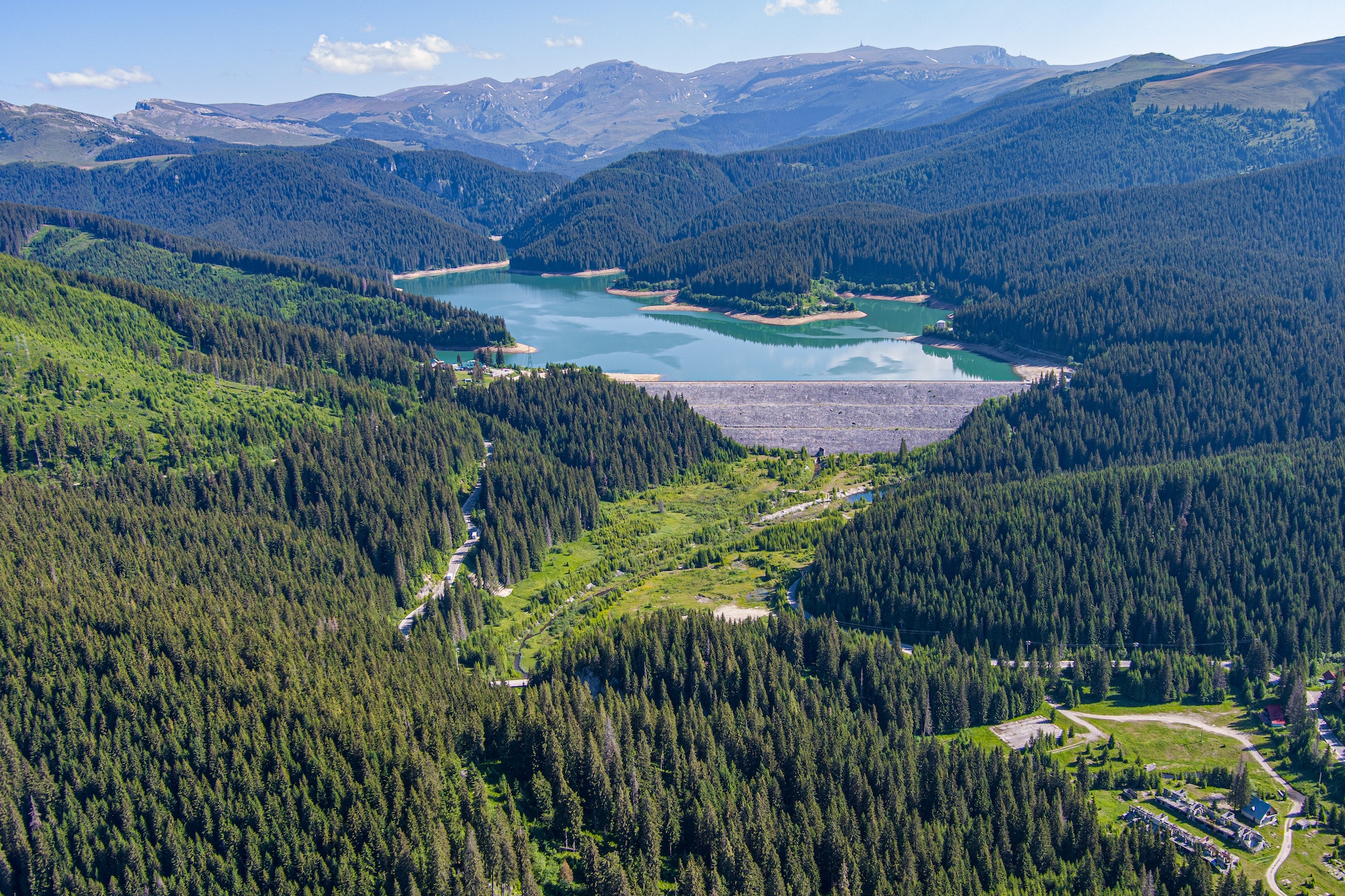
FAQs
What is the role of dams in creating a man-made lake?
The role of dams in creating artificial lakes is to divert a portion of a river to store the water within a reservoir. By building a dam across a river, the water is impounded and stored in the artificially created basin. This process helps to prevent the loss of water due to evaporation. It enables the water in the reservoir to be used for a variety of purposes, such as irrigation, stormwater management, energy, and resources. Additionally, seasonal changes in runoff and precipitation feed the reservoir, helping to maintain its water levels.
How does the pH level of the water in an artificial lake impact the ecosystem?
The pH level of the water in an artificial lake can significantly impact the ecosystem. If the pH level is too low or too high, it can cause certain species to become dominant and disrupt the balance of the food chain. For example, if the pH level is too low, this can increase algae growth due to the release of nutrients into the water. This alga can block out sunlight and reduce oxygen levels, causing a decrease in fish populations. On the other hand, if the pH level is too high, it can increase toxic metals such as lead, arsenic, and mercury, which can be hazardous to the health of fish and other aquatic life. In addition, it can reduce the availability of essential minerals, such as calcium and magnesium, which are necessary for the growth of aquatic plants and animals. Therefore, we must maintain balanced pH levels in artificial lakes to keep the ecosystem in balance.
What effect does constructing an artificial lake have on the surrounding environment?
The construction of man-made lakes can positively and negatively affect the surrounding environment. One of the most positive effects is that it creates quick and easy access to a water source, providing drinking water and water for other uses such as irrigation and energy production. This can help increase agricultural irrigation potential and provide a much-needed resource in rural or arid areas. In addition, these reservoirs can help to protect downstream river systems from flooding events.
However, the construction of artificial lakes can also have some negative consequences. The displacement of local populations following the inundation of the reservoir water basin can cause social, economic, and health problems. In addition, riparian conflicts can occur in arid areas. Lastly, dams can be expensive to build and maintain, and they can harm the surrounding wildlife habitat.
What are the disadvantages of creating a man-made lake?
The disadvantages of creating an artificial lake include excessive human immigration into the reservoir region, which can lead to social, economic, and health problems, displacement of local populations following the inundation of the reservoir water basin, riparian conflicts, especially in arid areas, expensive construction and maintenance costs, and potential loss of downstream river ecosystems. Additionally, there is the potential for algal blooms, eutrophication, other water quality issues, destruction of habitats, and difficulty in maintaining a steady water level due to evaporation and seepage.
What materials are used in constructing a man-made lake?
Materials used in constructing an artificial lake vary depending on the size and purpose of the lake. For example, smaller artificial lakes may require only a basic dam structure made of concrete, earth, or other materials to block the existing river or stream. However, larger artificial lakes may require additional materials such as steel, steel reinforcements, pipes, valves, and other components. This is especially true if the lake is intended to be a part of an irrigation or energy system. In addition, some artificial lakes may also require the use of dykes or rip-rap (large stones) to help manage water flow and reduce erosion around the lake’s shoreline.

